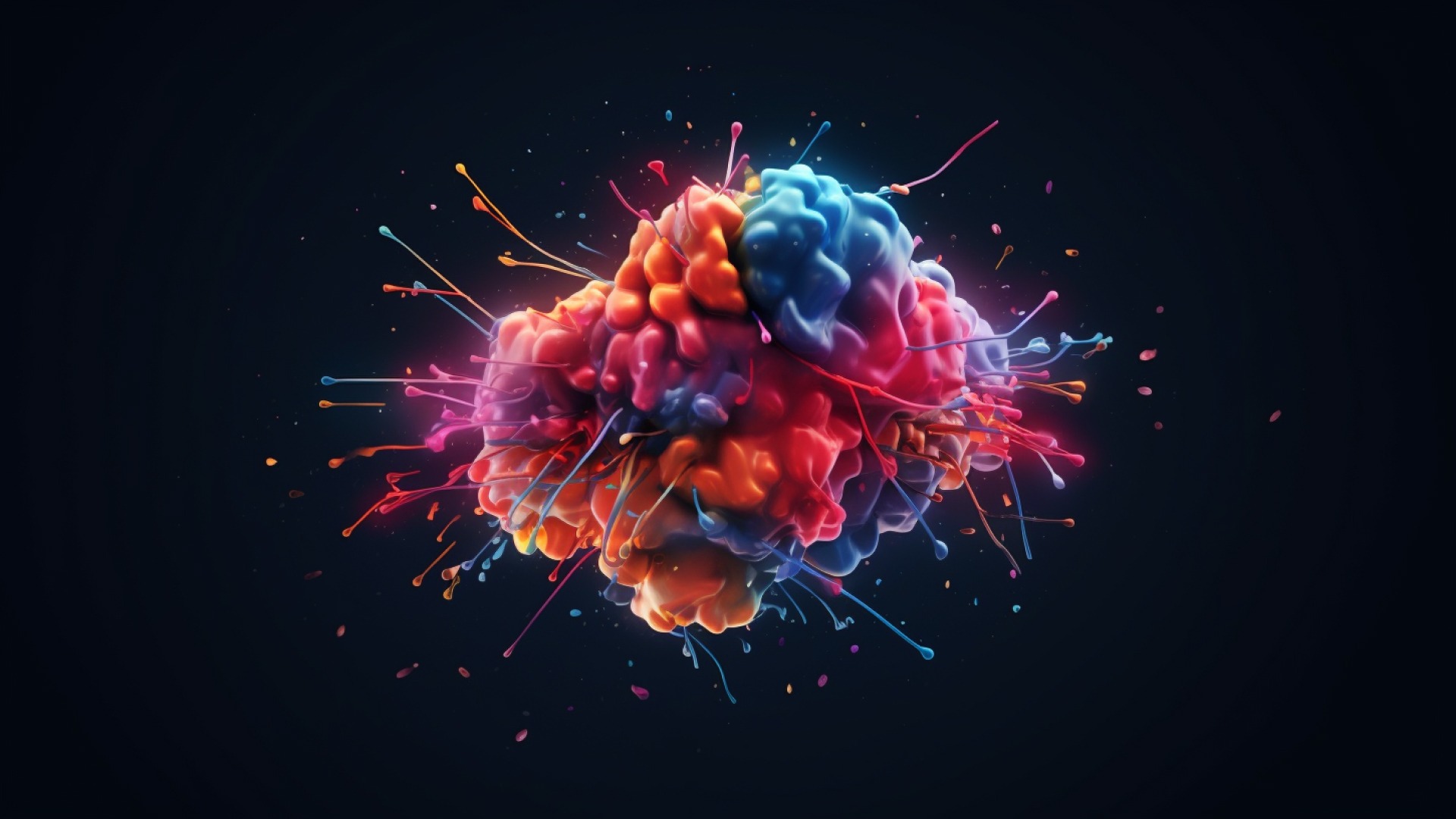Psychology in Web Design

TL;DR: Web design is not just layout and color. It is about understanding human psychology. How people decide, where they click, when they bounce, and why they stay. Color, cognitive biases, simplicity, perception thresholds, and memory all affect whether your site works or not. If you want your site to sell and resonate, start with people, not pixels.
Color Theory
One of the most powerful psychological principles in web design is color theory. Colors affect our emotions, and the right palette creates the right mood.
Blue and green are common choices for finance-related websites because they feel calm and trustworthy. But sticking rigidly to safe colors is not always the best choice. Fintech brands today experiment with pinks and neon tones. If every bank used the same palette, they would all blur together.
The exact color matters less than the tone. Do you choose a bold neon or a gentle natural shade? Brighter tones often suit younger or more tech-savvy audiences, while muted ones can signal calm, nature-focused brands.
Color also helps guide users and create emotional cues. It lets you highlight what matters, separate content sections, and build rhythm. On long or one-page websites, color is a signal. Here is something new.
Influencing Users
Beyond color, cognitive biases strongly shape user decisions. These are mental shortcuts or blind spots that affect behavior, often without the person realizing it.
Smart designers use them to:
- make call-to-actions more effective
- increase engagement
- keep users on the site longer
For example, urgency triggers like "Only today" or "Offer ends soon" prompt faster decisions. Popups that show "Only 2 left in stock" or "Just purchased by someone in Tallinn" combine social proof with scarcity.
Confirmation bias is also common. Users seek information that supports what they already believe. Or they face choice paralysis when overwhelmed by too many options.
Good structure solves this. The classic pricing table with three options:
- the cheapest looks too limited
- the most expensive seems excessive
- the middle one is exactly what you want to sell
KISS
Users prefer simplicity. Confusing design exhausts them and makes them leave.
KISS means Keep It Stupidly Simple.
People do not want to think. They expect your site to behave like others they already use.
Great design can be unique but still feel intuitive. And when you build something different, it should be on purpose. It should be grounded in your audience and your goal.
At Give, we design minimalist, user-friendly websites.
Explore our website design service
Perception Threshold
The perception threshold is the point at which users notice design changes. If your redesign is too drastic, it can feel uncomfortable.
That is why in larger projects, change should happen gradually. People need time to adapt. Radical shifts might alienate loyal users.
Design must balance what is noticeable and what is usable. Too subtle and no one notices. Too dramatic and it backfires. Designers must change things deliberately, not randomly.
Understanding perception thresholds is key to crafting long-term digital experiences. It directly affects whether people choose your product or someone else’s.
Memory
We remember visuals better than text. Designers can tap into this with colors, icons, and familiar shapes.
Miller’s Law says working memory holds around 7±2 chunks of information. That is why content should be broken into smaller, digestible pieces. Long paragraphs drain attention.
Visual branding also builds memory. A strong logo and style make your brand recognizable. If yours is not memorable yet, check this out:
Logo design service
Psychology is Central to Web Design
Great designers do not just care about how things look. They care how people feel, think, and act.
When you design with psychology in mind, such as KISS, perception, and cognitive patterns, your website works harder.
User testing, feedback, and research show how people actually use your site. That lets you improve it over time.
If you need landing pages that convert, read more here:
Landing page design
Or see our services:
UI/UX design
Website development
